French Pastry
This one was inspired by a question on Reddit. Someone was wondering how much truth there was to pâte à choux being from the 1540s. So I looked it up, and lo and behold there it is in 1604’s Ouverture de Cuisine. Being only
four years past the 16th century I think it’s safe to say that it’s a 16th century recipe. I looked a little further and found a Scappi recipe as well, from 1570, though it’s a bit different. But close enough to say that the rumors of it being invented in the 1540s are quite likely.
Now neither of the recipes are modern choux pastry but they do seem to use the same high moisture content raising method.
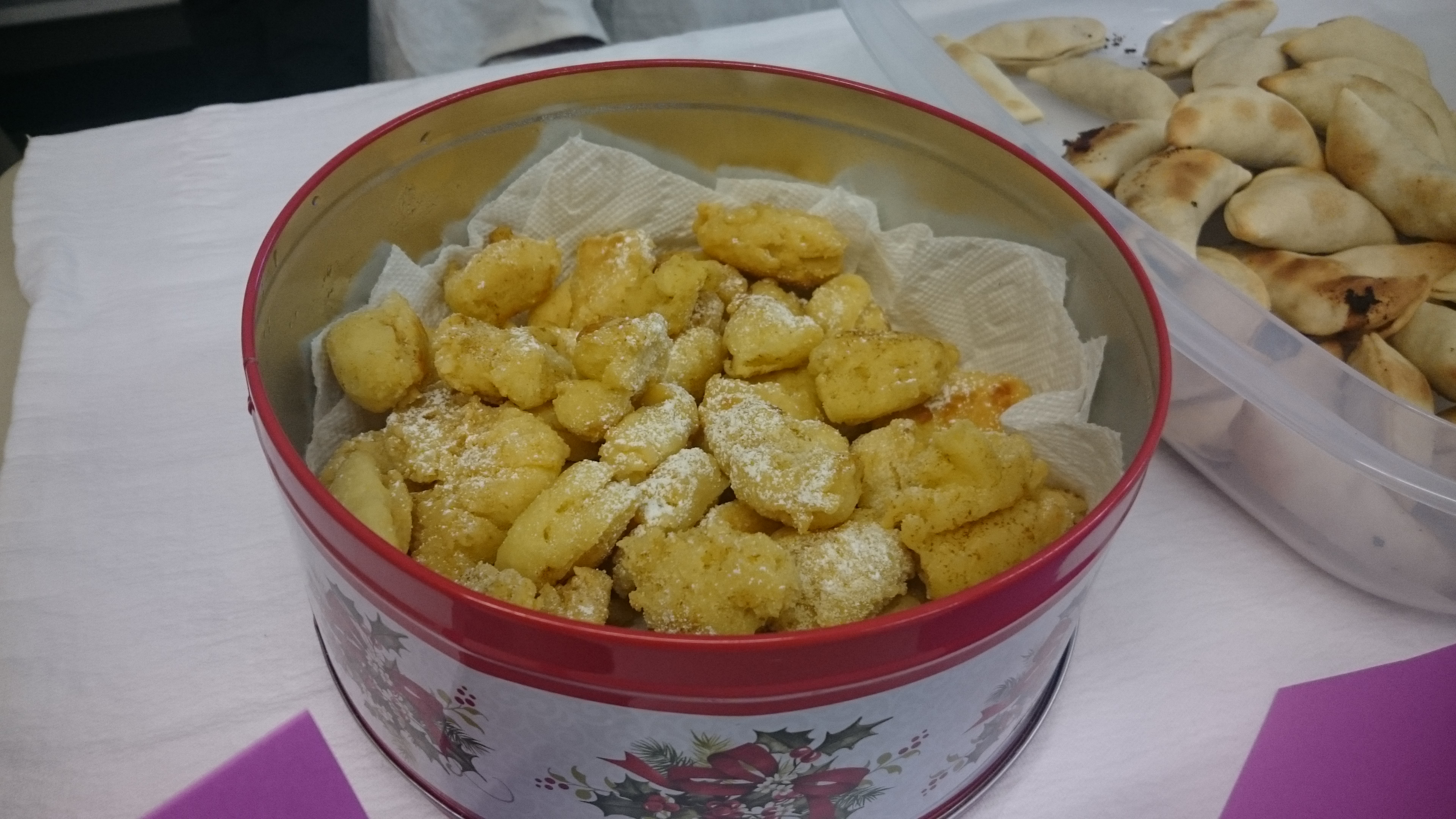
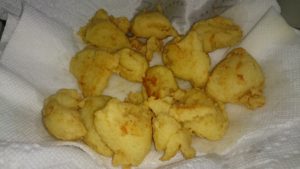
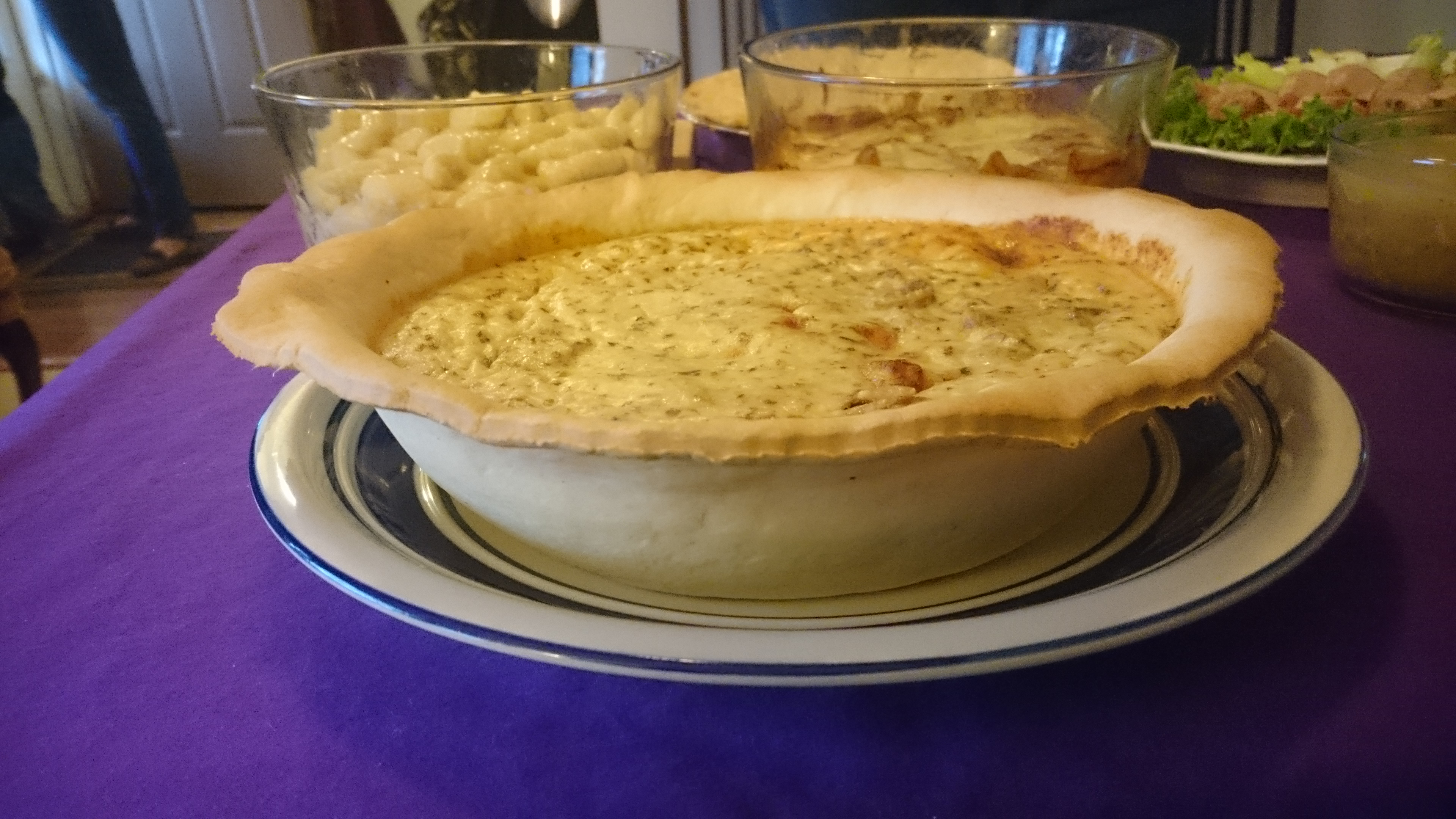
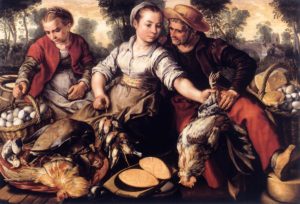
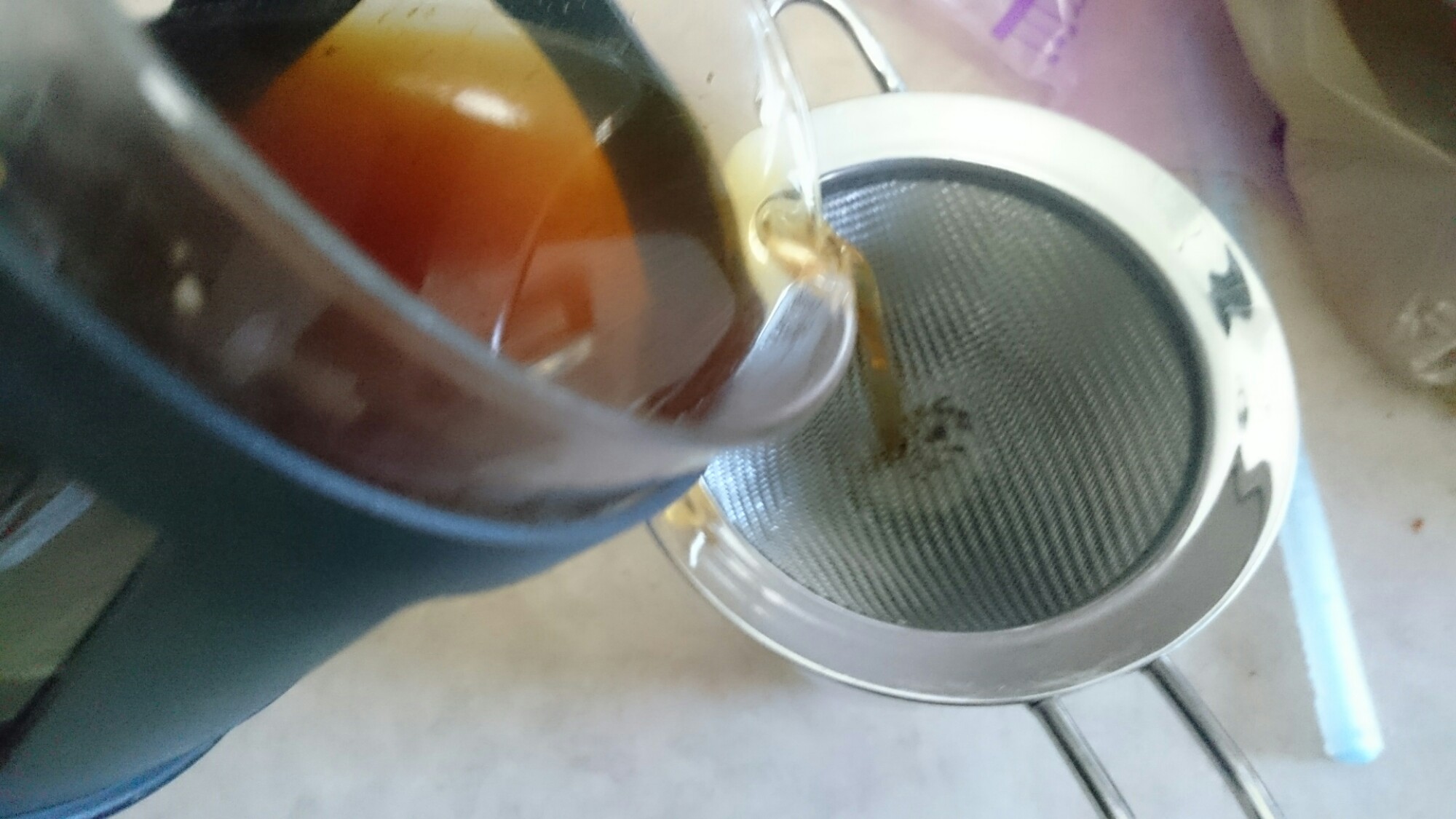
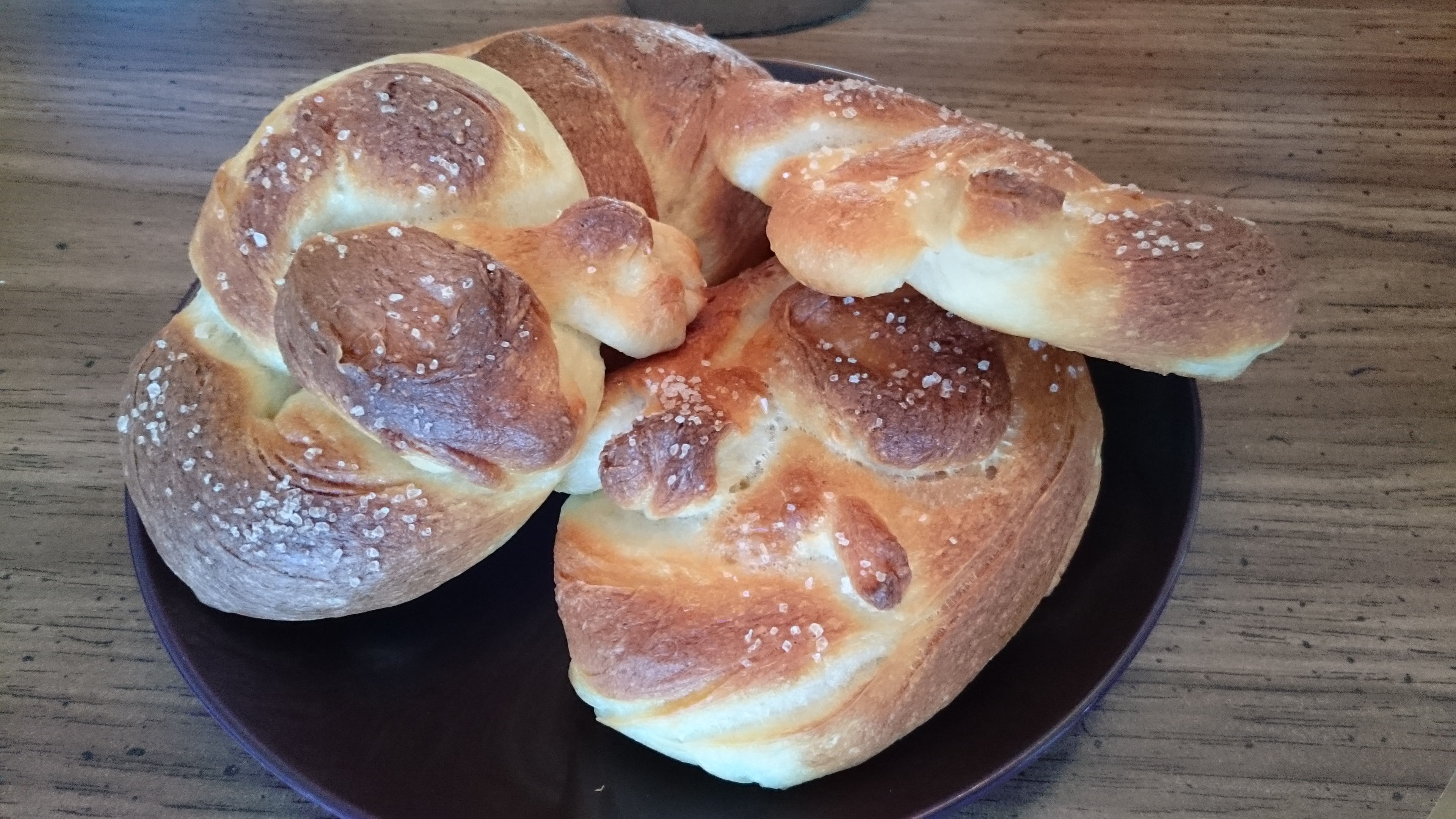
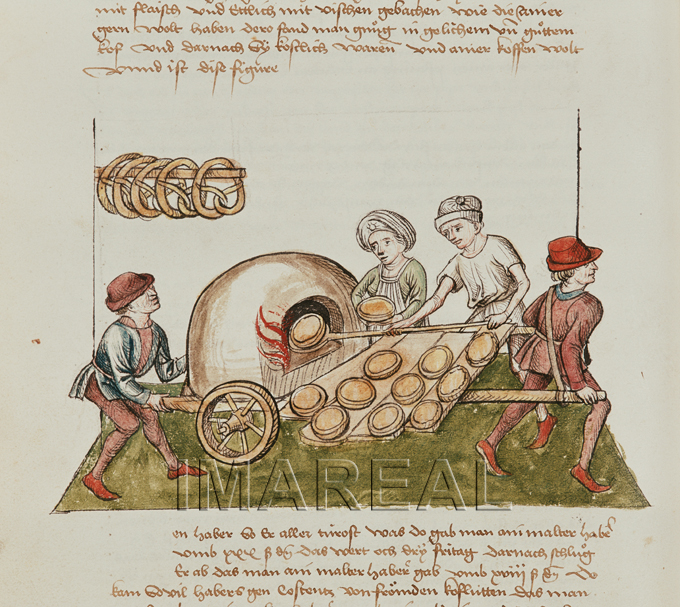
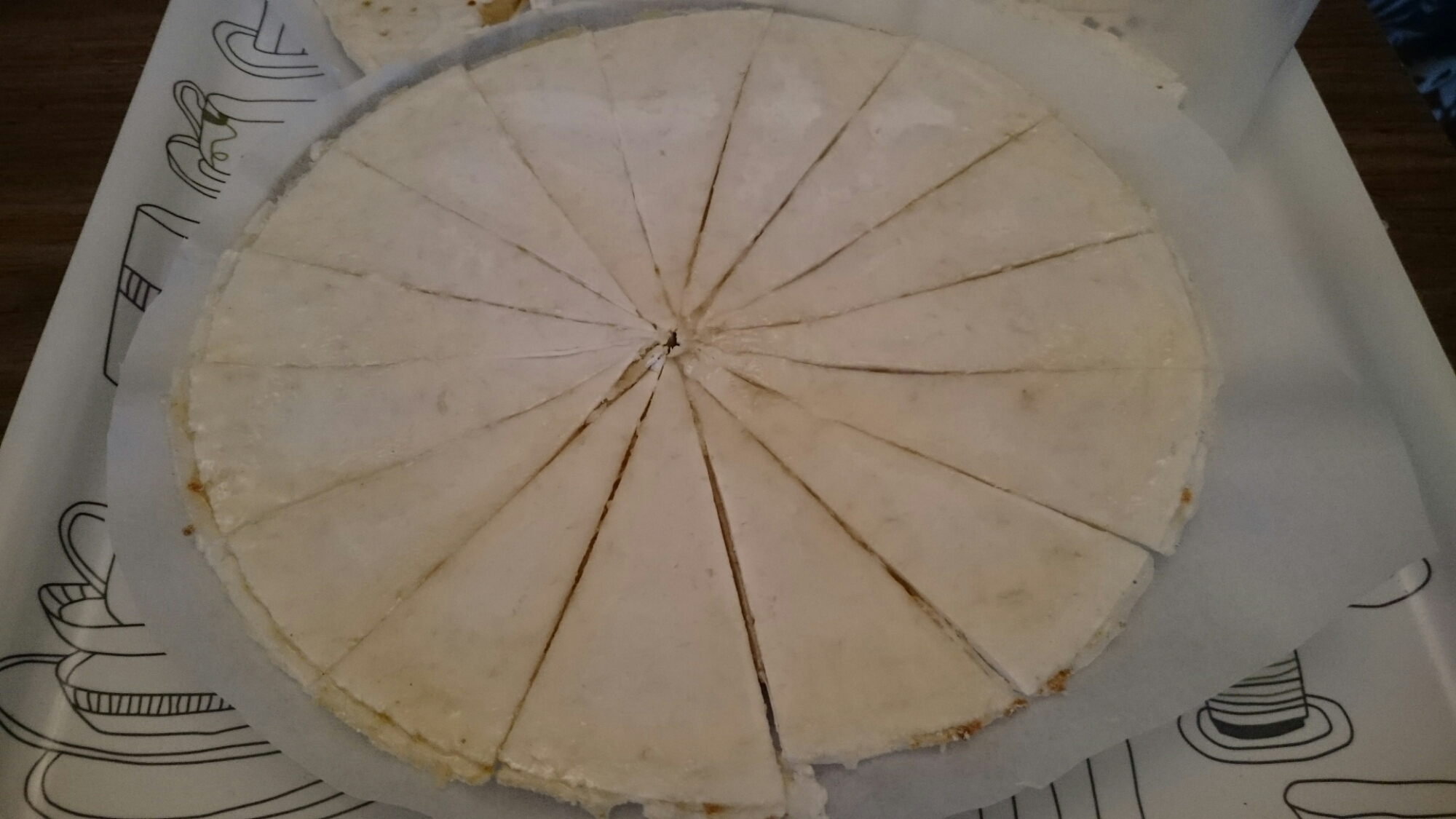
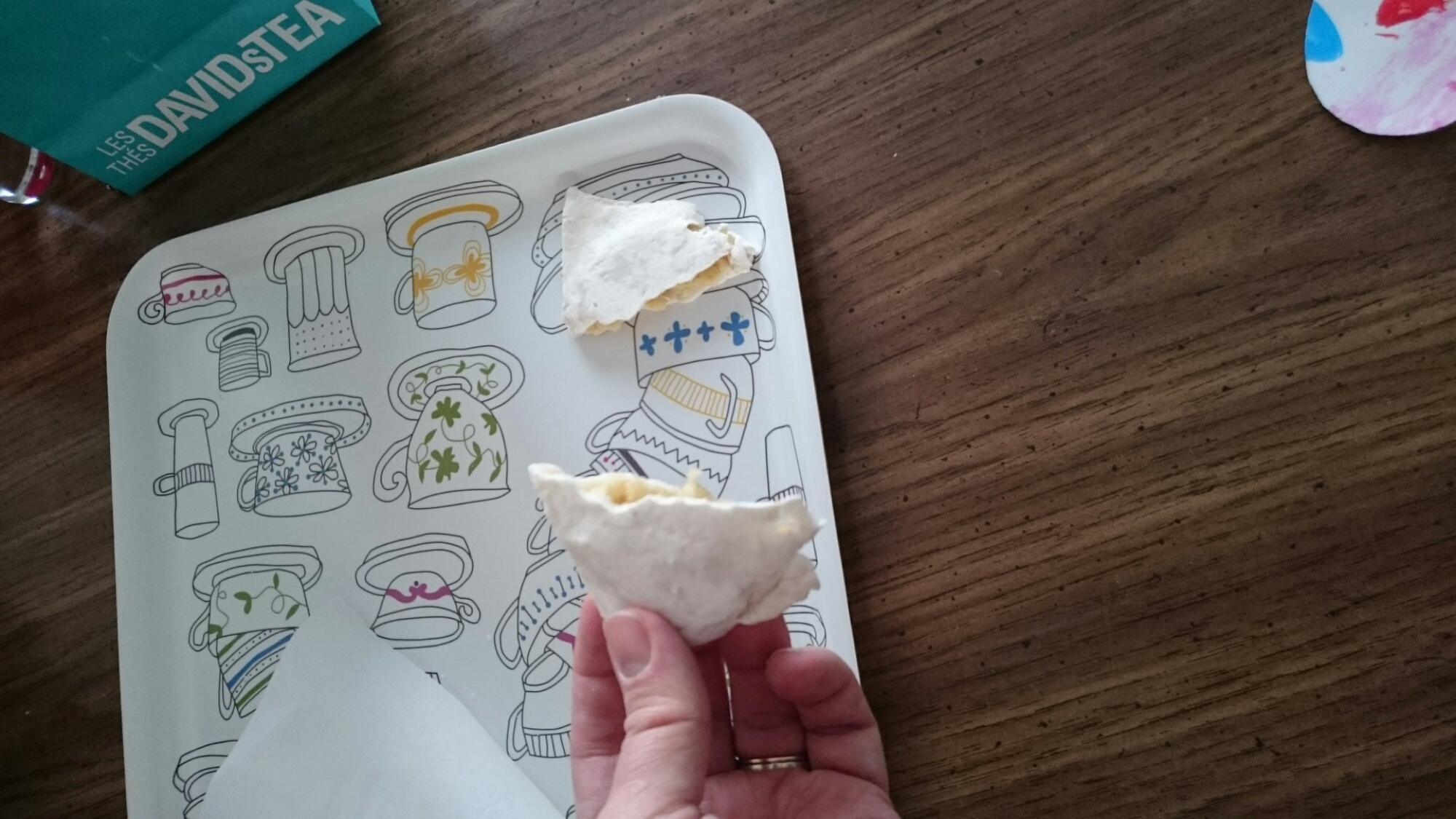

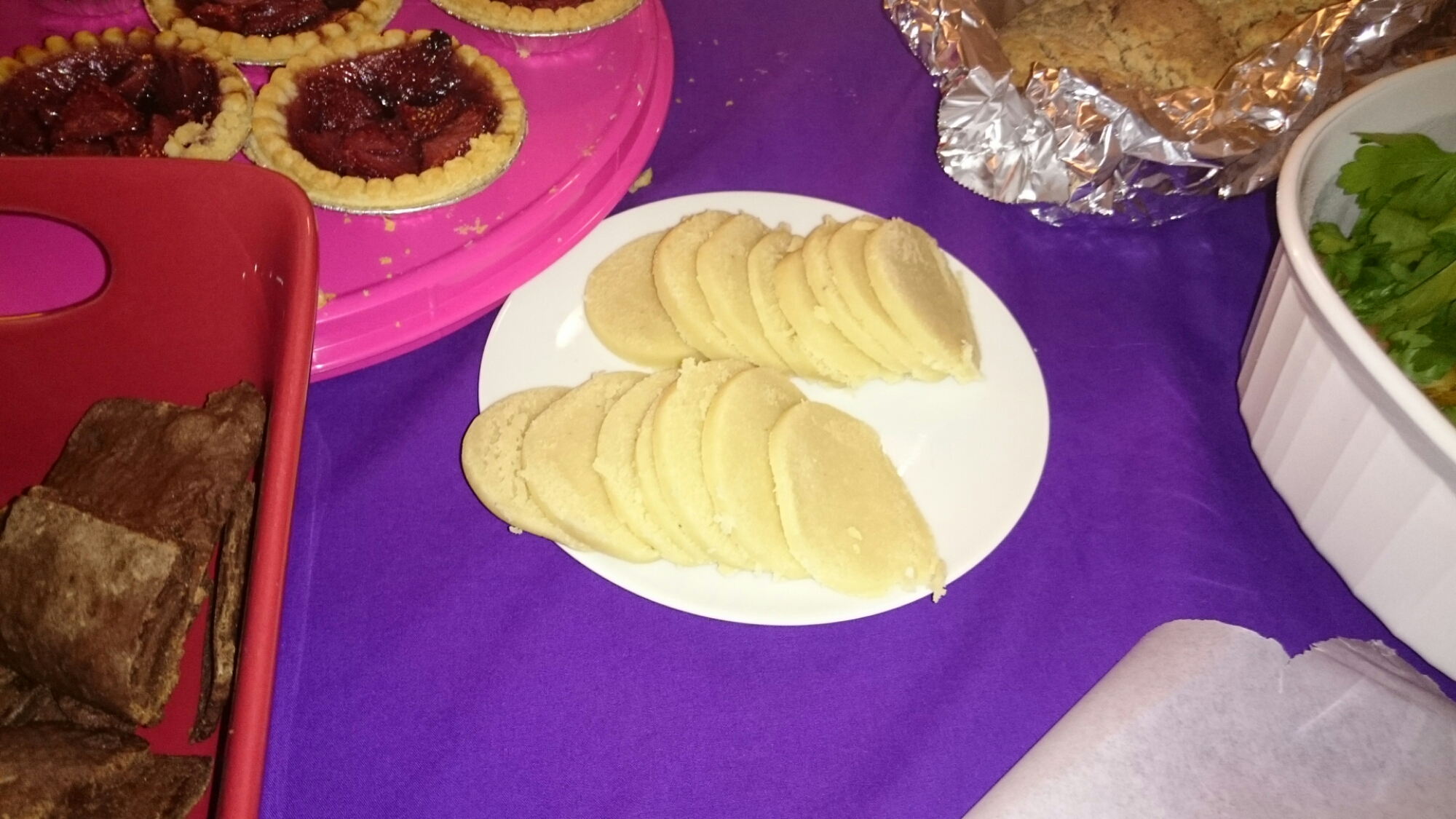
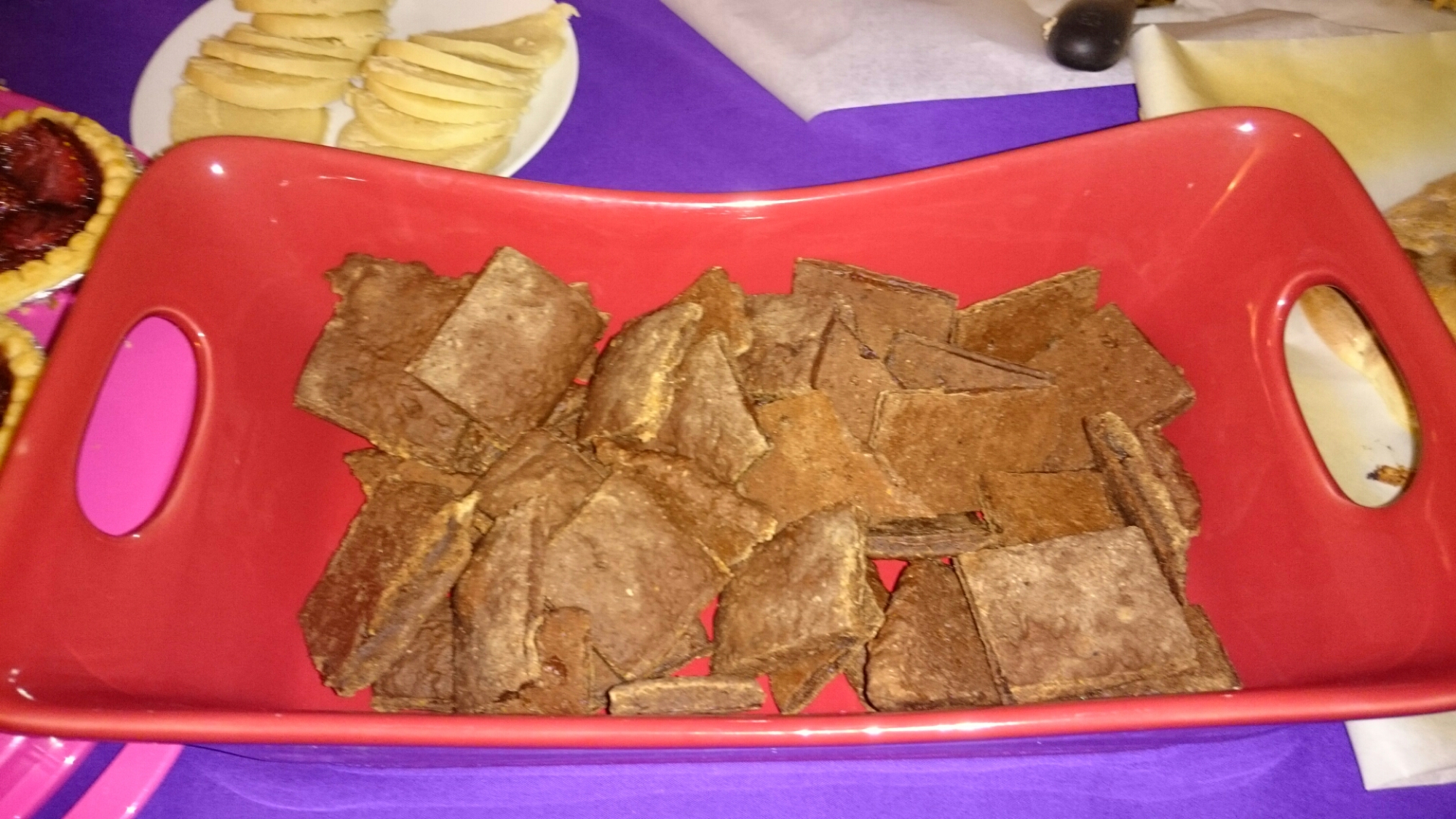
You must be logged in to post a comment.